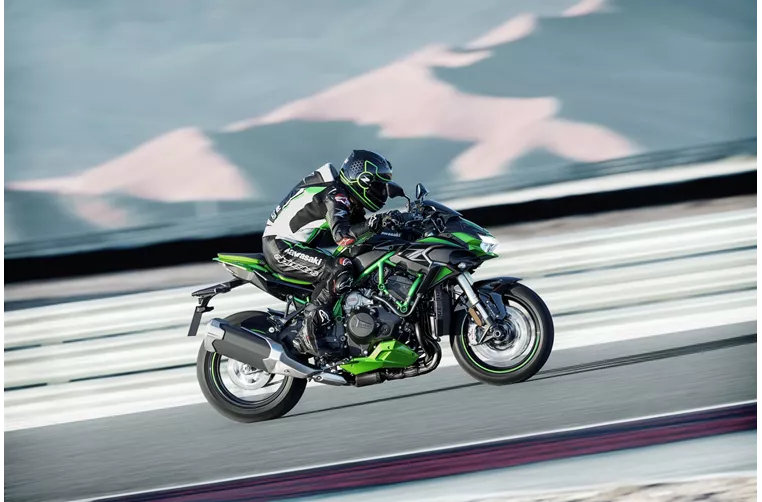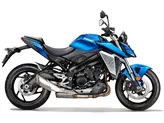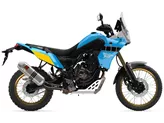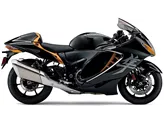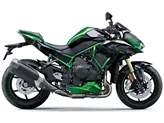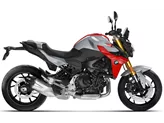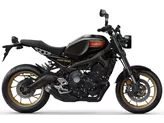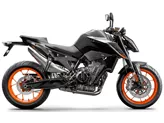BMW F 900 R 2021 vs. Kawasaki Z H2 SE 2021
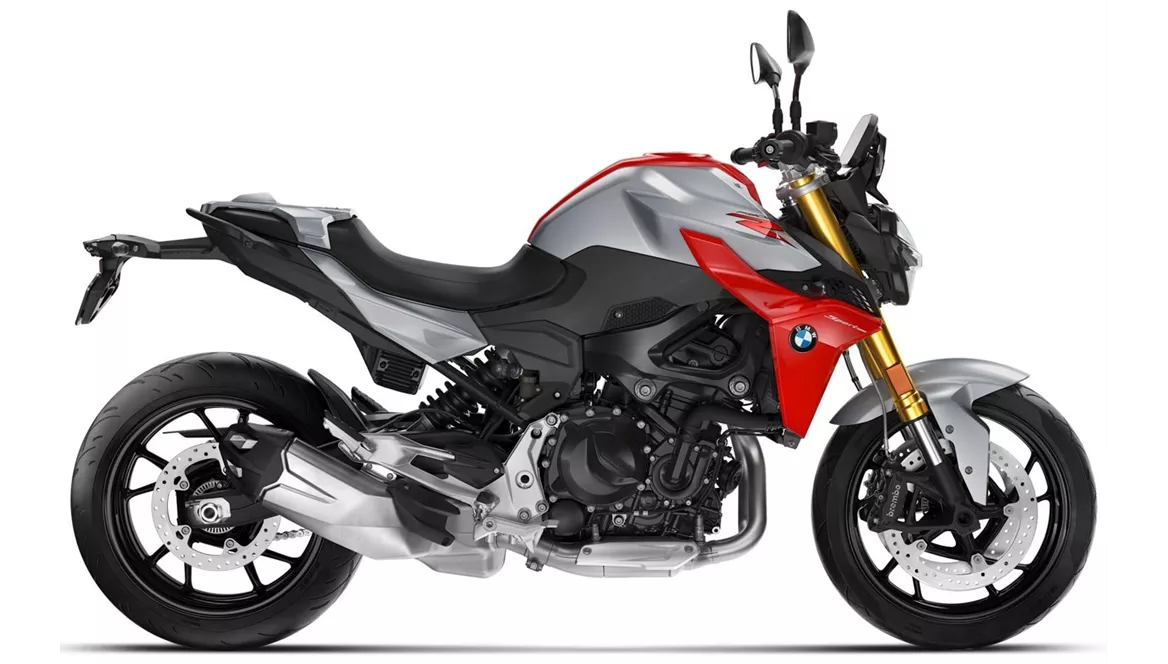
BMW F 900 R 2021
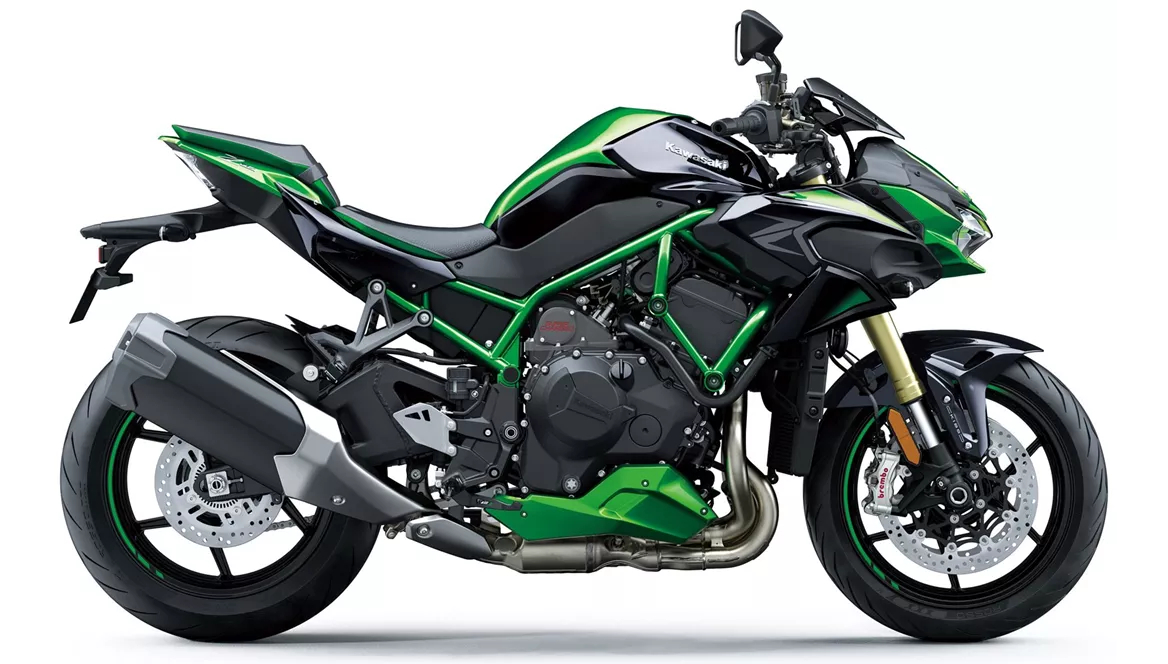
Kawasaki Z H2 SE 2021
Overview - BMW F 900 R 2021 vs Kawasaki Z H2 SE 2021
The BMW F 900 R 2021 and the Kawasaki Z H2 SE 2021 are both naked bikes with powerful engines and advanced rider assistance systems. However, there are several key differences between the two models.
In terms of engine power, the Kawasaki Z H2 SE takes the lead with its impressive 200 HP, compared to the BMW F 900 R's 105 HP. The Kawasaki also offers higher torque at 137 Nm, while the BMW has 92 Nm. This means that the Kawasaki will provide a more thrilling and exhilarating riding experience, with faster acceleration and higher top speeds.
Both bikes feature in-line engines with liquid cooling and fuel injection systems, ensuring optimal performance and efficiency. The BMW has a slightly smaller displacement at 895 ccm, while the Kawasaki boasts a larger 998 ccm engine.
In terms of suspension, both bikes feature upside-down telescopic forks at the front and swing arm suspensions at the rear. The BMW offers preload and rebound adjustment, while the Kawasaki goes a step further with compression, preload, and rebound adjustment. This allows riders to fine-tune the suspension to their preferences and riding conditions.
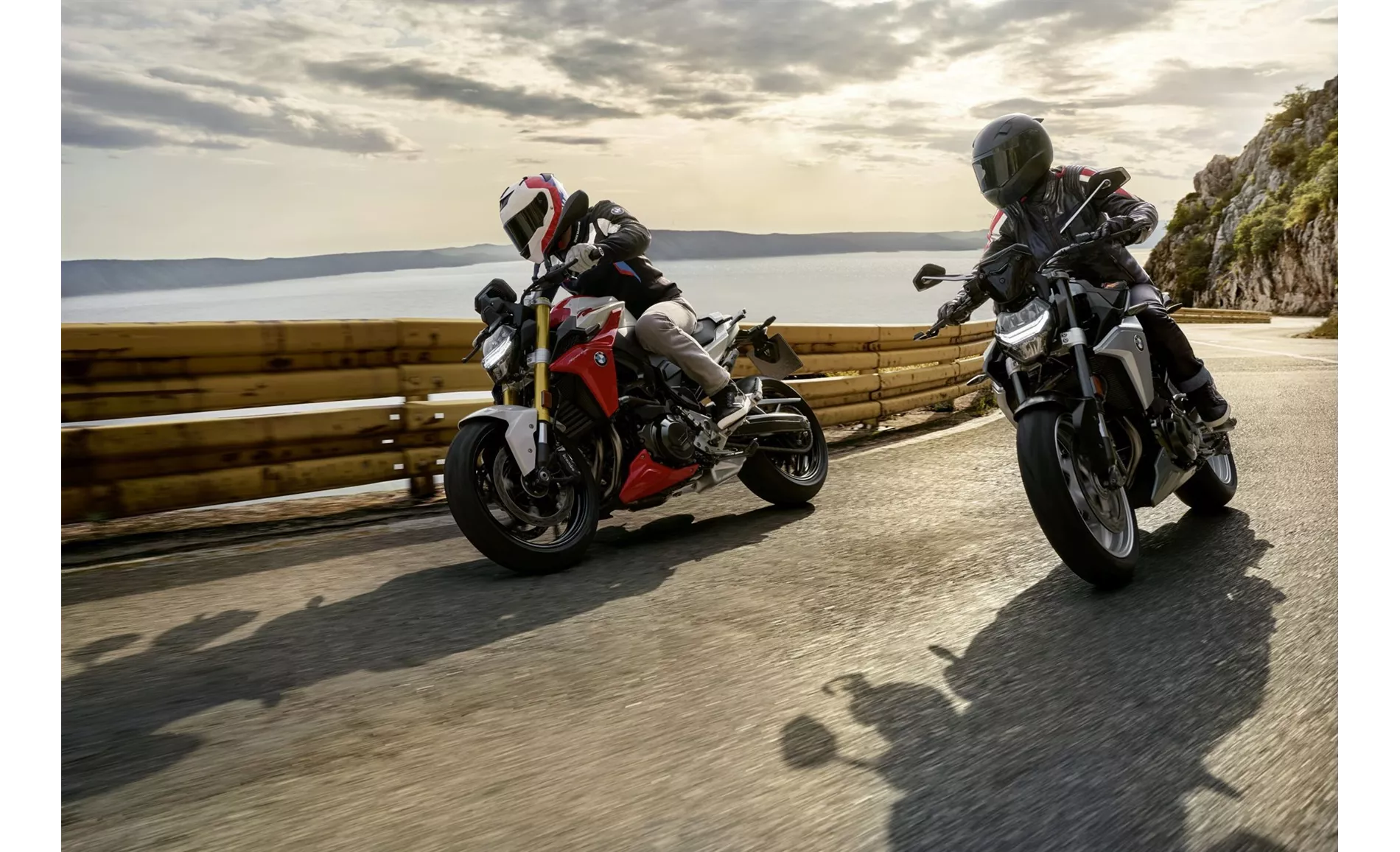
BMW F 900 R 2021
The chassis of the BMW F 900 R is made of steel and features a twin tube, load-bearing engine design. On the other hand, the Kawasaki Z H2 SE has a steel tubular frame. Both frames provide stability and durability, but the Kawasaki's tubular frame may offer slightly better rigidity.
When it comes to braking systems, both bikes feature double disk brakes at the front with four pistons. The BMW utilizes radial technology, while the Kawasaki adds monoblock technology for enhanced braking performance. Both bikes offer ABS as part of their advanced rider assistance systems.
In terms of dimensions and weights, the BMW has a slightly longer wheelbase at 1518 mm compared to the Kawasaki's 1455 mm. The seat height of the BMW is also slightly lower at 815 mm, while the Kawasaki sits higher at 830 mm. The BMW is lighter with a kerb weight of 211 kg, while the Kawasaki weighs 240 kg.
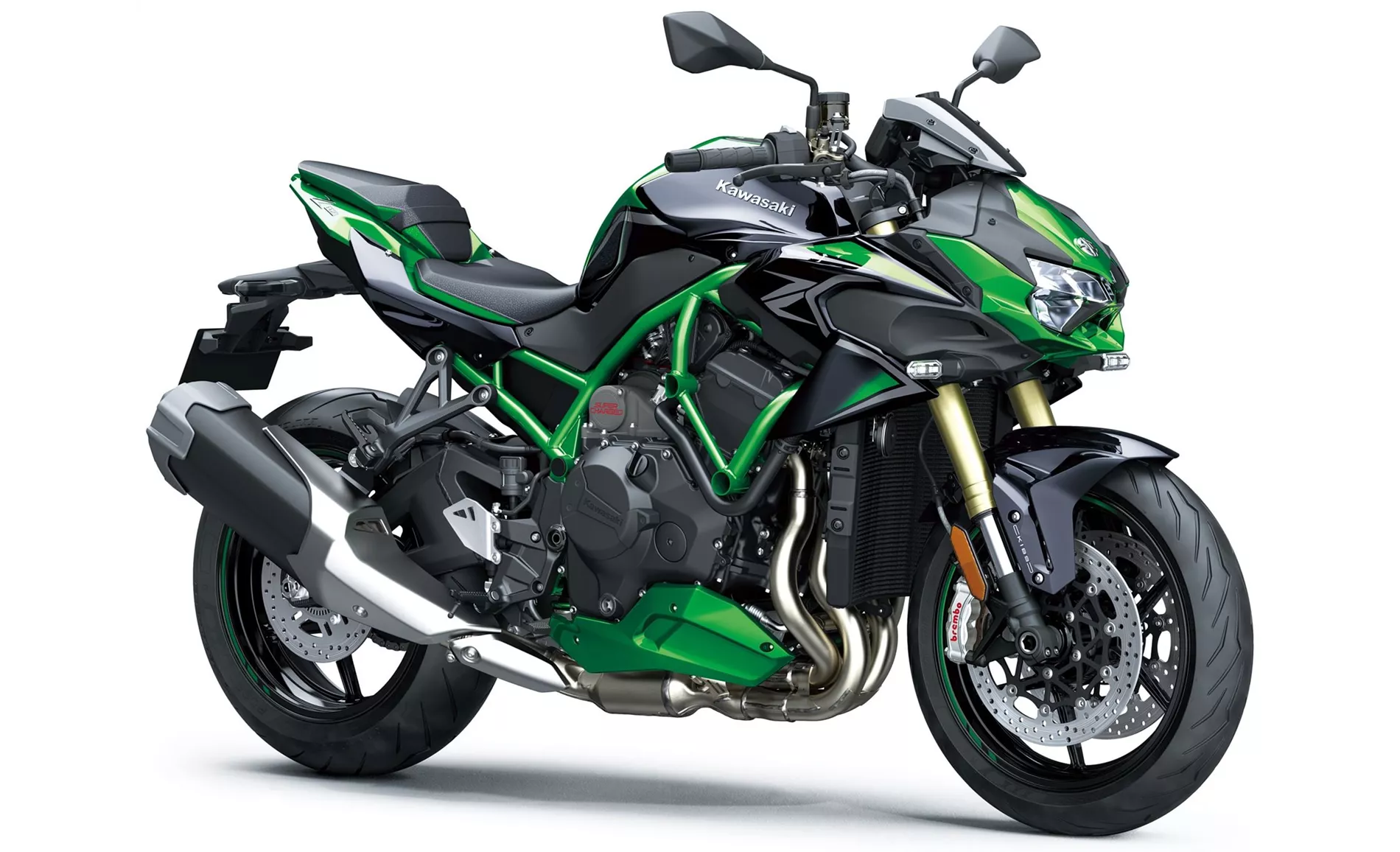
Kawasaki Z H2 SE 2021
In terms of equipment, both bikes feature LED headlights and TFT displays. The BMW offers a wide range of equipment and configuration options, allowing riders to personalize their bike to their liking. The Kawasaki adds LED daytime running lights for increased visibility.
In terms of strengths, the BMW F 900 R offers a great cockpit with functional connectivity, logical operation of extensive electronics, and a wide range of seating and configuration options. It provides a pleasant seating position and a suspension that allows for both comfortable and sporty riding. On the other hand, the Kawasaki Z H2 SE impresses with its incredibly powerful engine, electronic chassis offering comfort, independent look, and good wind protection for a naked bike. It also features a good braking system.
However, both bikes have their weaknesses. The BMW F 900 R has a slightly stiff gearstick and a rough-running engine that lacks elegance at the top. It also has a poor splash guard at the rear. The Kawasaki Z H2 SE is heavier and has handlebars that may be considered too narrow by some riders.
In conclusion, the BMW F 900 R 2021 and the Kawasaki Z H2 SE 2021 are both impressive naked bikes with their own strengths and weaknesses. The BMW offers a more versatile and customizable riding experience, while the Kawasaki provides unmatched power and performance. Ultimately, the choice between the two will depend on the rider's preferences and priorities.
Technical Specifications BMW F 900 R 2021 compared to Kawasaki Z H2 SE 2021
Pros and Cons in comparison
Pros and Cons in comparison
BMW F 900 R 2021
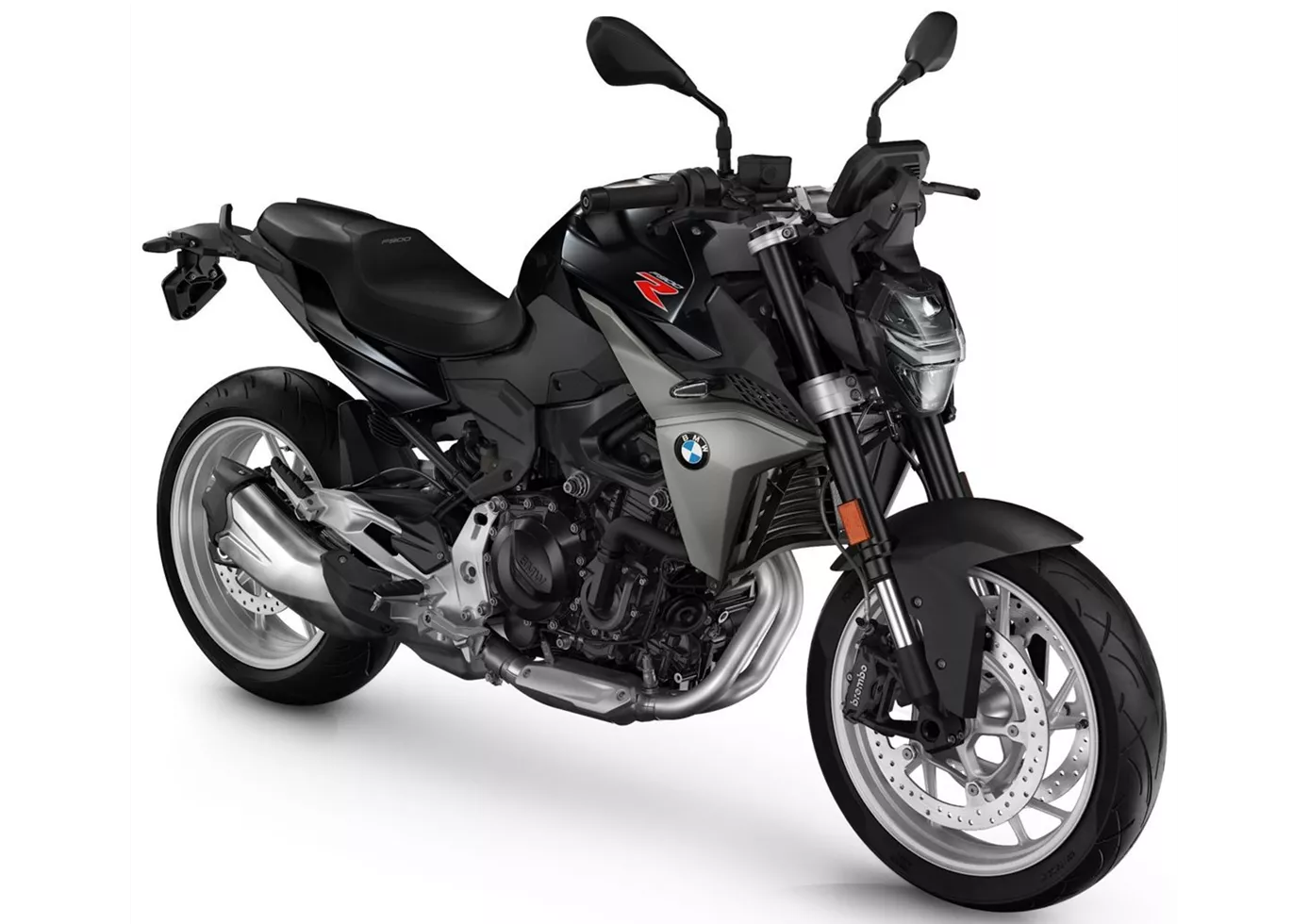
The BMW F 900 R is a full-grown motorbike. 895 cc, 105 hp and 92 Nm smell of versatility. The F 900 R fulfils this promise completely. The motorbike, including electronics and components, does a great job in every situation. But of all things, the heart of the bike, the engine and transmission unit, does not shine in premium gloss.
Kawasaki Z H2 SE 2021

What a naked bike! The Kawasaki Z H2 SE has one thing that is absolutely addictive: a supercharged power unit that works like a steam catapult! The 200 hp from exactly one litre of displacement actually seem to unite from idle and tug together on the chain right up to the limiter. Nor can the Z H2 SE be accused of lacking stability; the electronically adjustable chassis does a good job and above all provides sufficient comfort. At almost 240 kilos ready to ride, the Kawa is of course no lightweight and needs to be pushed into the bends, but you can't call it unwieldy either. A slightly wider handlebar would help. The appearance is clearly a matter of taste, but the protruding front offers comparatively good wind protection.
Price Comparison Avarage Market Price BMW F 900 R vs Kawasaki Z H2 SE
There are a few key differences between a BMW F 900 R 2021 and a Kawasaki Z H2 SE 2021. In terms of price, the actual average price of a Kawasaki Z H2 SE 2021 is about 86% higher. A BMW F 900 R 2021 experiences a loss of 360 USD in one year and 590 USD in two years of ownership. This is offset by a loss of 3,180 USD and 4,550 USD for a Kawasaki Z H2 SE 2021. Compared to Kawasaki Z H2 SE 2021 there are more BMW F 900 R 2021 bikes available on the 1000PS.de Marketplace, specifically 17 compared to 5. It takes less time to sell a BMW F 900 R with 67 days compared to 70 days for a Kawasaki Z H2 SE. Since model year 2020 1000PS.de editors have written 24 reviews for the BMW F 900 R and 9 reviews for the Kawasaki Z H2 SE since model year 2021. The first review for the BMW F 900 R was published on 11/5/2019 and now has more than 154,700 views. This compares to more than 24,400 views for the first review on Kawasaki Z H2 SE published on 11/23/2020.

